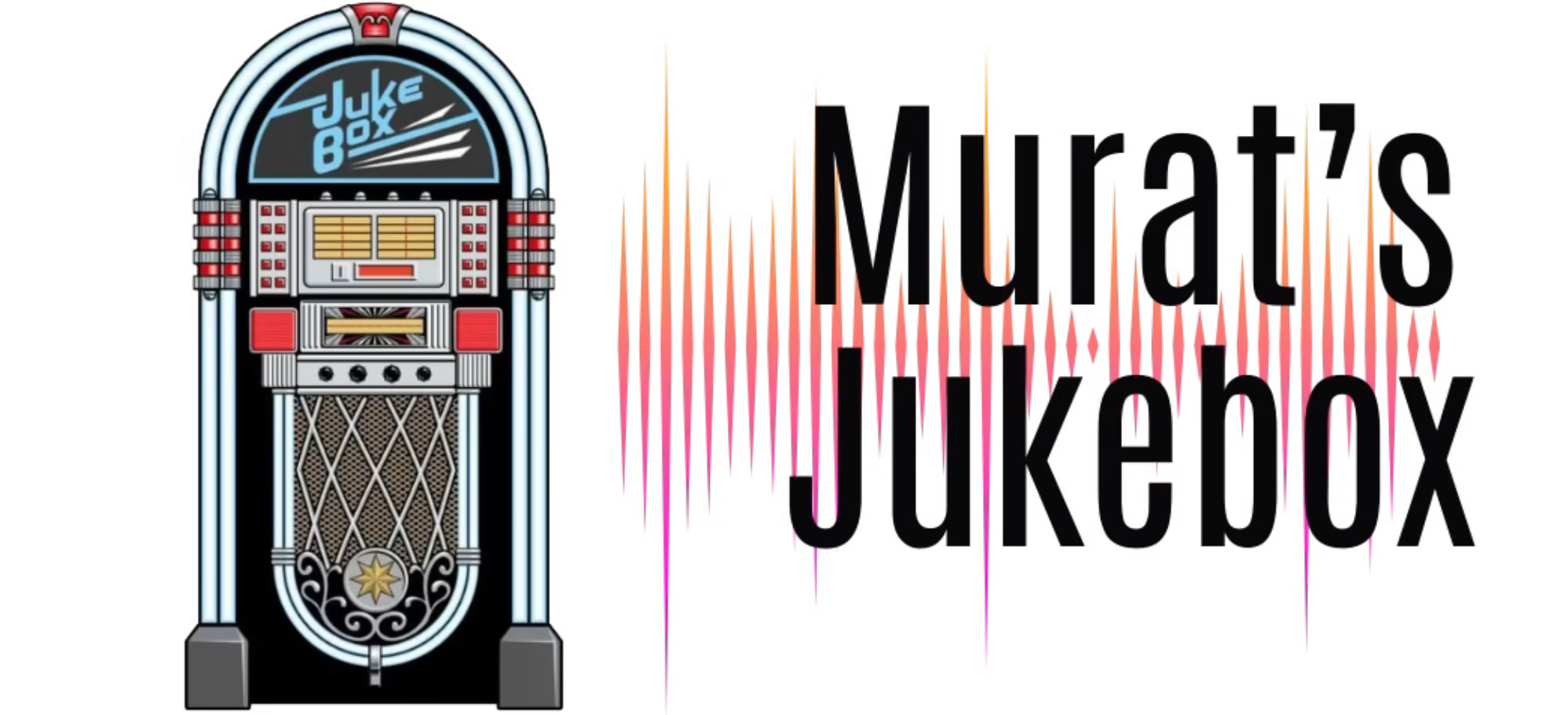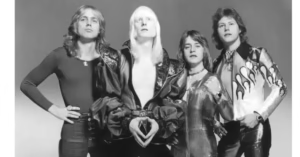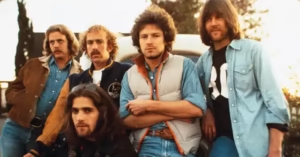Jimi Hendrix: The Electric Shaman of Rock History
Jimi Hendrix. The Birth of a Guitar Revolution
Born Johnny Allen Hendrix on November 27, 1942, in Seattle, Washington, and later renamed James Marshall Hendrix, Jimi Hendrix emerged as a seismic force in the history of rock music. Though his mainstream career spanned only four years, he transformed the electric guitar into an instrument of limitless expression, and in doing so, redefined the boundaries of rock, blues, funk, and psychedelia.
Jimi Hendrix. Early Years and Musical Roots
Hendrix began playing guitar at age 15, influenced by Muddy Waters, B.B. King, Elmore James, and Chuck Berry. His early career saw him playing as a sideman for Little Richard, The Isley Brothers, Ike & Tina Turner, and Curtis Knight. These formative years sharpened his skills and stage presence, but Hendrix was destined for more than just backup roles.
His transformation began when he moved to New York City and was discovered by Chas Chandler (former bassist for The Animals), who took him to London in 1966—setting the stage for a musical revolution.
The Jimi Hendrix Experience (1966–1969): Transcending the Blues
With the formation of The Jimi Hendrix Experience—featuring Noel Redding on bass and Mitch Mitchell on drums—Hendrix immediately electrified the UK music scene. His fusion of rhythm & blues with acid-drenched rock and unparalleled showmanship shook the industry to its core.
Are You Experienced (1967)
This debut album was an earth-shattering arrival. Featuring groundbreaking tracks like:
- “Purple Haze”
- “Hey Joe”
- “The Wind Cries Mary”
- “Foxy Lady”
- “Fire”
…Are You Experienced was a blend of heavy blues, psychedelia, soul, and explosive distortion. Hendrix’s use of feedback, wah-wah, and studio layering was pioneering—earning him comparisons to classical composers in terms of innovation.
Axis: Bold as Love (1967)
Released just months after his debut, Axis was more melodic and experimental. It introduced a softer, soulful side of Hendrix while still delivering his trademark fire. Songs like:
- “Little Wing”
- “Spanish Castle Magic”
- “If 6 Was 9”
…showed his lyrical depth and sonic inventiveness. The use of panning, phasing, and flanging in production became templates for future generations.
Electric Ladyland (1968)
Hendrix’s only self-produced studio album is widely regarded as his masterpiece. A sprawling double album, Electric Ladyland took full advantage of his studio freedom.
Standout tracks include:
- “Voodoo Child (Slight Return)”
- “Crosstown Traffic”
- “Burning of the Midnight Lamp”
- A 15-minute cover of Dylan’s “All Along the Watchtower” (which Dylan himself later said was the definitive version)
Electric Ladyland is an audio kaleidoscope, exploring funk, blues, avant-garde rock, and psychedelia with unchained ambition.
Jimi Hendrix. Iconic Performances That Shook the World
Jimi Hendrix wasn’t just a studio wizard—his live performances became the stuff of legend. With his flamboyant style, upside-down Stratocaster, teeth-playing theatrics, and sheer command of sound, he made every concert a transformative experience.
Monterey Pop Festival (1967)
It was here that he made his American breakthrough—culminating in his dramatic burning of his guitar on stage, a moment immortalized in rock history.
Woodstock (1969)
Hendrix’s “Star-Spangled Banner” performance remains one of the most iconic moments in counterculture history. With feedback and distortion, he painted the violence and confusion of Vietnam, warping patriotism into protest with pure sound.
Band of Gypsys and the Fusion of Funk (1969–1970)
Dissatisfied with the limitations of the Experience, Hendrix formed the Band of Gypsys with Buddy Miles (drums) and Billy Cox (bass). This marked a transition toward funk rock and more overtly political themes.
Their 1970 Band of Gypsys live album showcased a new direction, most notably with the blistering anti-war anthem “Machine Gun.” Hendrix’s phrasing on that track, imitating the chaos of combat through guitar, was devastatingly powerful.
Jimi Hendrix. The Tragic End and Unfinished Legacy
On September 18, 1970, Jimi Hendrix died at the age of 27 in London. His death, caused by asphyxiation due to barbiturate intoxication, stunned the world. He became the most tragic member of the infamous “27 Club,” alongside Janis Joplin, Jim Morrison, and later, Kurt Cobain.
He left behind a treasure trove of unfinished material, much of which has been posthumously released—some under controversial circumstances.
Innovation: A Guitarist Like No Other
Jimi Hendrix completely changed what was possible with an electric guitar. His contributions include:
- Popularizing the wah-wah and Uni-Vibe effects
- Expanding the use of feedback and sustain as musical tools
- Using the studio as an instrument
- Embracing left-handed playing with an upside-down right-handed Strat
- Composing in ways that blurred the boundaries between lead and rhythm guitar
He made the guitar speak, scream, cry, and sing, creating new languages of sound.
Legacy: The Eternal Flame of Freedom and Fire
Hendrix’s influence is immeasurable. From Prince to Eddie Van Halen, John Frusciante, Tom Morello, and Jack White, nearly every guitarist since Hendrix owes him a debt. Beyond guitar, his sense of musical freedom, genre fusion, and spiritual intensity left a permanent mark on rock, funk, jazz fusion, and beyond.
He is consistently ranked the greatest guitarist of all time by Rolling Stone and other music publications.
In 1991, Hendrix was posthumously awarded a Grammy Lifetime Achievement Award, and in 1992, he was inducted into the Rock and Roll Hall of Fame with the Experience.
Discography Highlights (Studio and Key Live Works)
- Are You Experienced (1967)
- Axis: Bold as Love (1967)
- Electric Ladyland (1968)
- Band of Gypsys (1970)
- Live at Woodstock (1999)
- People, Hell and Angels (2013 – posthumous unreleased material)
Interesting Facts
- He was self-taught and couldn’t read sheet music.
- Hendrix served in the 101st Airborne Division of the U.S. Army.
- His song “Little Wing” is considered a poetic masterpiece, covered by artists from Stevie Ray Vaughan to Sting.
- The Electric Lady Studios, his dream studio in NYC, is still active today.
- He was close friends with Miles Davis, and the two planned to record together before his death.





